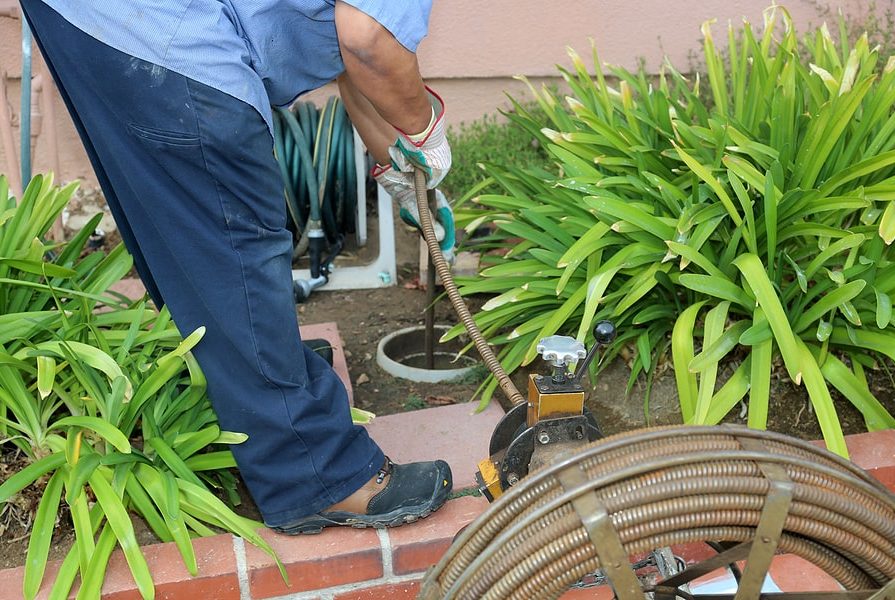
Your sewer line is an integral part of your home. It keeps you and your family safe from toxic waste and safely disposes of it through your city’s sewage system. If your sewer line becomes damaged, it could be harmful to your family and cause damage to your plumbing.
The best way to fix your sewer line is to contact a professional plumber the moment you see signs of damage. Mr. Plumber wants to share some important answers to questions homeowners may be asking about their sewer line to help determine when professional services are needed.
What Does A Damaged Sewer Line Look Like?
When working properly, your sewer line pushes waste toward the city’s waste treatment center with no blockages or smells impacting your home. When your sewer line cracks, clogs or collapses, you can see changes in your home and yard. Here are 5 signs that your sewer line may be damaged:
- A sewage smell around your household drains or outside
- Unexplained rot or mold damage in lower parts of your house
- Foundation cracks or significant ground upheaval
- Soggy lawn or yard
- Bugs and bacteria are attracted to your yard
Your sewer line works out of sight underground, so you usually don’t have to worry about how it looks or smells near your home. When it gets damaged, it can make changes to your environment that are hard to go unnoticed.
If you notice any of these things in your home, contact your local plumbing services for a sewer line inspection. They’ll be able to let you know if your system has been damaged.
What Happens When Your Sewer Line Is Damaged?
If your sewer line is damaged, it’s important to get the problem resolved as soon as possible. Leaving the problem untreated could lead to further damage and costs that can add up over time.
For instance, you could expect a large water bill for a leaking sewer line. Leaks create continuous water flow which will run your meter. Getting a leak repaired requires specialized equipment, so you’ll need to contact a plumber for sewer services.
You can also experience plumbing issues in your home. Some of these problems include:
- Fluctuating toilet bowl levels
- Poor or slow draining
- Gurgling sounds from your pipes
All of these problems can result from a blockage in your system. Blockages can sometimes be repaired at home if the obstacle is small enough, but larger blockages will require a specialist to remove.
Blockages could also cause a sewage smell that can linger inside and outside your home. This smell can be toxic and could lead to serious health concerns. Keep your family safe by maintaining a functioning sewer line.
Get Your Plumbing Services In San Antonio With Mr. Plumber!
If you fear that your sewer line is damaged, don’t worry! Our team at Mr. Plumber specializes in sewer line replacement and repair for homeowners who need it. We can find out what the problem is and share the next steps to getting it fixed. Contact us for a consultation today!


